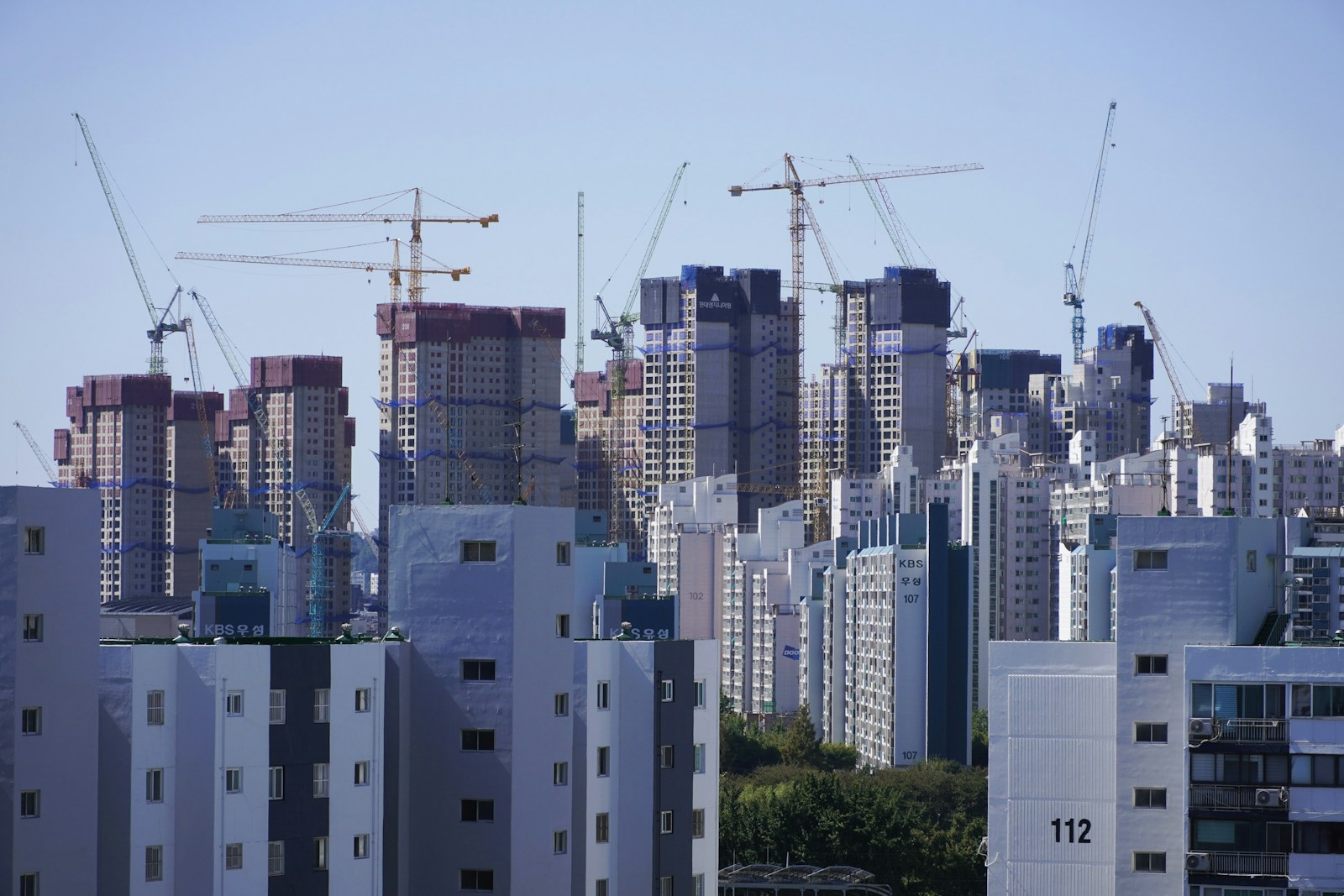Decarbonisation is an Opportunity, Not a Cost
The world has breached the 1.5-degree threshold for the first time in 2024. The need to reduce carbon pollution is increasingly vital for protecting our current communities, livelihoods and freedoms for future generations. The tragic wildfires in Los Angeles over recent days provide stark evidence.
However, it has been difficult to make the business case for reducing emissions. Decarbonisation has historically been seen as an expense, a bother, and a drag on the bottom line. But, so long as emissions keep rising, we run the increasing risk of adapting to a world where climate-driven disasters like Los Angeles are more frequent and damaging.
We at GreenPlace believe the business case for decarbonisation is clear today. There is a growing understanding that energy markets are well on the way to transitioning. The numbers have shifted and decarbonisation is now a massive opportunity set open to capital market players in the commercial real estate (CRE) market.
It is also one that defines a whole new spectrum of risks for investors, lenders and insurance groups. Broader growth vectors and new risks are now combining to build a truly never seen before opportunity for global CRE.
COP (out) 29
COP29 happened in November 2024 and was held in Baku, the bold and shiny capital city of Azerbaijan, a country with a successful economy driven by oil and gas extraction.
The world watched for signs of increased urgency, actions and global political teamwork.
However, what emerged was a lack of progress and political consensus on concerted actions over climate change. Achieving global political consensus is always a challenge, however one could argue it’s even tougher in the current environment.
Based on COP track records we cynically feel, despite the very best of intentions, political differences and sovereign self interest will continue to give countries plenty of reasons to do just enough and still too slowly.
From Politics to Reality
Aside from global climate politics, individuals, governments and insurance companies alike will mark 2024 down as yet another extreme weather year. Too many lives have been lost, communities destroyed and at ever increasing financial costs.
Civil society is becoming increasingly aware of the close relationships between carbon pollution, global warming and extreme weather events. As the evidence piles up, we hear less from the climate change denialist camps. Even massive oil and gas corporations are starting to invest in green energy solutions and realising change is inevitable and is, in fact, a new opportunity.
A Capital Solution for Decarbonisation
At GreenPlace, our point of view has always been that business and finance is a fundamentally critical part of the climate solution.
After all, we estimate $17TN funding is required in the global CRE market to reduce global emissions to levels which protect a safe future for our future generations. And the broader built environment (commercial and residential real estate) contributes just under 40% to global emissions, with scant evidence of meaningful reductions. Across all parts of the economy, McKinsey estimate this at some $50TN – or about 1.7x the size of the US economy
Some of this may be government funded, depending on the government, however most will be funded by global capital markets.
This is a large scale and complex investment challenge. And will need investors, lenders and insurance companies working together to ensure capital is directed towards the right assets, in the right locations and at the right times.
The Commercial View
The commercial reality is that the CRE market has experienced challenging conditions over the last couple of years with slower economic growth, higher interest rates, cost inflation and low liquidity. However, with some signs of a market that is stabilizing, some savvy investors are positioning to frame and implement the investment strategies for the next cycle phase.
The GreenPlace platform has insights into how investors and asset managers can pro-actively integrate climate and carbon considerations into investment strategies. We anticipate the interplay between climate and decarbonisation at a fundamental level will impact on commercial real estate investing in the following ways;
Perceptions of low and high risk: Risk metrics and perceptions of risk will drive an evolving and dynamic picture of what level of return is acceptable for a given asset and market risk profile.
Locational shifts: The accepted maxim of location, location and location will remain as important as ever, however the definitions of locational quality will evolve. For example, locations that are served by energy grids with reliable sources of renewable energy, strong future capacity and low incidents of blackouts, will emerge as valuable.
Technology: The growth in the availability and decreasing cost of new technologies will have deep and significant impacts on all aspects of the commercial real estate value chain.
Energy markets: The scale and pace of energy markets’ transition to renewable energy is fundamentally reshaping the growth trajectory of commercial real estate assets and urban markets.
Policy: The complexity of the decarbonisation challenge will be powered by government policy encouraging the transition.
A Broader Opportunity for Growth in Decarbonisation
Ultimately, it is our point of view these fundamental “trends” will greatly expand the opportunity for commercial real estate investors and managers. New urban sub markets, locations, assets and value add strategies are emerging as new sources of growth. The savvy, well-informed investor and their managers will be responsible for generating the win-win combinations of short-term financial returns and a lower carbon future for the next generation.






Leave a comment